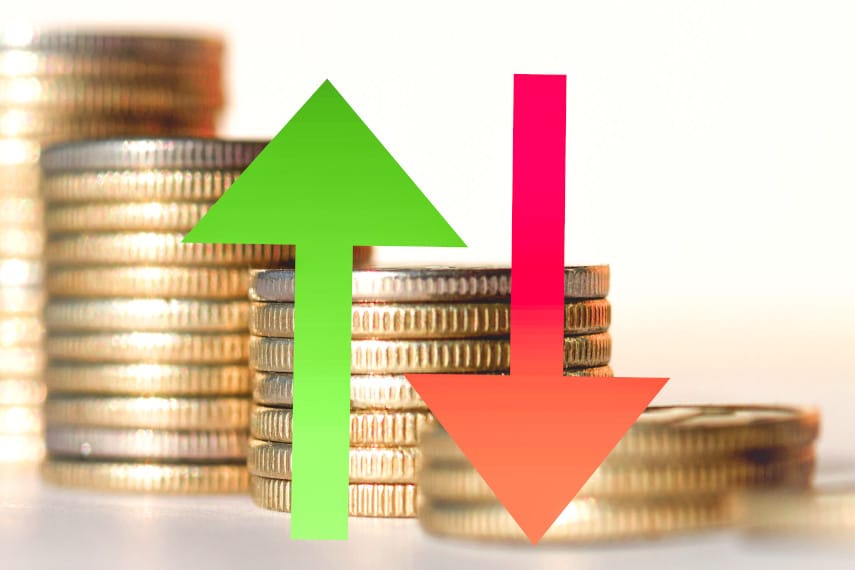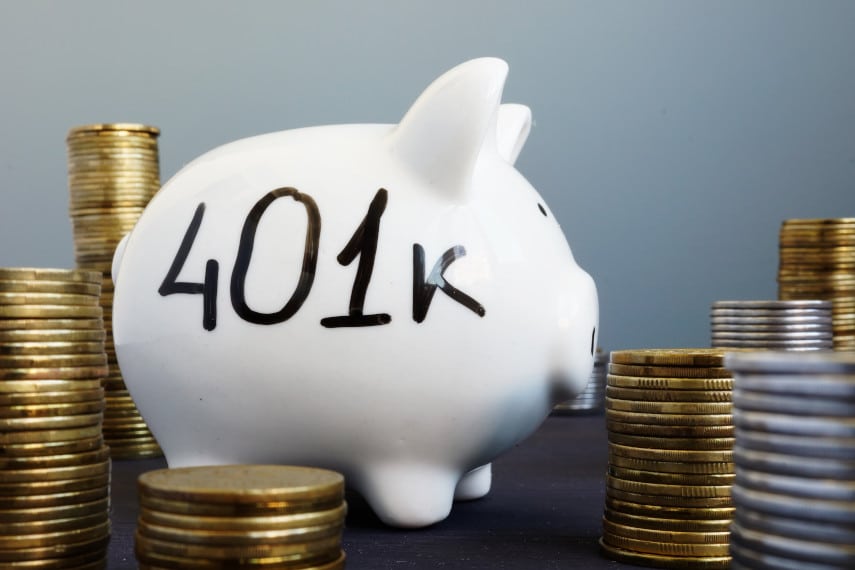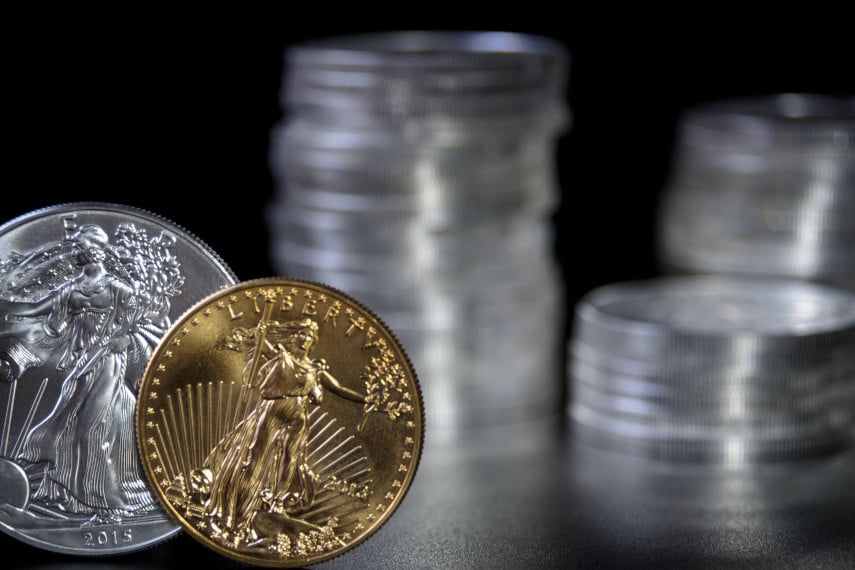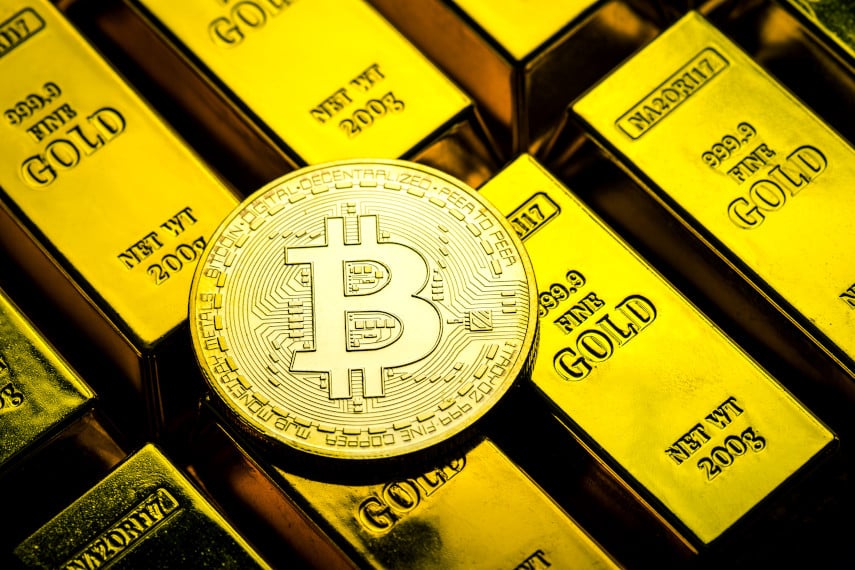
Reading financial media headlines can often provide opportunities for a good laugh. For instance, you might read one headline stating that silver will push above $30 an ounce in 2021, while the headline right above it states that silver will drop 14% in price in 2021. With such widely varying forecasts, who are you to believe?
If you’re going to be investing in precious metals, you’re probably doing so in order to protect your wealth against loss. You probably understand that stock markets are incredibly overvalued and poised for a severe correction. You want to invest in assets like gold and silver that not only maintain their value during tough economic times but that frequently gain value. So when you read analysis that says gold or silver will decline in price, you’re understandably confused.
What the Analysts Are Saying
One recent report that was just recently published is the World Bank’s semiannual Commodity Markets Outlook report. The report takes a look not just at precious metals, but at all commodities, so its precious metals analysis is brief and limited. Still, given the World Bank’s name and reputation, it’s a report that market actors pay attention to.
In the latest report, the World Bank noted that the gold price rose for the eighth consecutive quarter in the third quarter of 2020. The Bank also noted that supply disruptions and reduced gold recycling resulted in supply-side restrictions that helped raise the gold price, aided by a significant rise in demand from exchange-traded funds.
Overall, the Bank expects gold prices to average 27.5% higher in 2020, although in comparison to what it doesn’t say. And prices in 2021 are expected to remain relatively stable.
The Bank’s outlook for silver is a little more pessimistic than for gold. Silver demand increased significantly, with ETF holdings rising to more than double the previous record set in 2009. Increased industrial activity also helped supplement the boost in investor demand and push the silver price to the highest level in years.
But while the Bank sees silver prices averaging 30% higher in 2020 (again, not saying what it’s comparing them to), it sees silver falling 14% in 2021. That’s curious, since gold and silver generally move in tandem, particularly during times of economic turmoil. No explanation was given for its predictions, which is somewhat unusual. It would be quite strange to see gold maintain a stable price but silver to lose significantly.
Compare the World Bank’s prognosis to that of Metals Focus, a UK-based precious metals analysis firm. According to them, continued fiscal and monetary stimulus should provide a significant boost to the silver price, with the price expected to push through $30 and above for much of 2021. That’s a pretty significant divergence from the World Bank’s analysis. So whom should you trust?
Analyzing the Analysts
The first thing to keep in mind is that analysts from the World Bank, as with other governmental or international organizations, won’t go out of business if their prognostications are wrong. They can continue being wrong about price forecasts and nothing will happen to them. They will continue to have jobs and their organizations will continue to exist, no matter what else transpires.
Private analysts, on the other hand, have an incentive to be both accurate and detailed in their analysis, particularly if they sell subscriptions to their reports. If their forecasts turn out to be inaccurate, they’ll lose subscribers and eventually go out of business, so the more accurate their forecasts, the better.
In the current economic situation there are four primary drivers behind the moves in gold and silver prices: supply, demand, stimulus, and the economy.
1. Supply
Supply should remain much as expected, with gold production increasing only slowly, while silver supply is still expected to fall in 2020. That tight supply for silver should help contribute to a continued increase in the silver price.
2. Demand
Demand for both gold and silver is undergoing a significant but not unexpected change in demand, with traditional sectors such as industry and jewelry providing less of an impetus than investor demand. The weaker the economy gets, the larger investment demand should get, as investors look to safeguard their assets against financial turmoil.
3. Stimulus
Further fiscal and monetary stimulus should be a boost to both the gold and silver price. On the one hand, more money in the market means that more money will eventually flow into gold and silver markets. On the other hand, more stimulus means that the underlying economy remains weak, signaling to investors that they need to take steps to protect their assets.
4. Economy
Regardless of stimulus or other government action, investors are going to keep an eye on what’s going on in the economy. Data regarding inflation, unemployment, gross domestic product, etc., will all be scrutinized with an eye towards determining which way the economy is moving.
With the V-shaped recovery not happening, and with a double dip recession more and more likely, the prospect for a weakening economy in 2021 is growing all the time. And as the economy weakens, investor demand for gold and silver should pick up, pushing the prices of precious metals up even further.
The Importance of Your Decision
At the end of the day, you as the investor will have to determine for yourself which way you think gold and silver prices will move, and just how large those price moves will be. Analysts spill a lot of ink, but it’s your money on the line, so your opinion is ultimately the deciding factor as to whether or not you invest in gold and silver, and to what extent. While the case for investing in gold and silver continues to grow, given the amount of economic uncertainty that exists today, individual investors have their own ideas about where precious metals will go, how much they want to invest in, etc.
If you decide that precious metals are right for you, one of the easiest ways to do that is by investing in precious metals through an IRA such as a gold IRA. A gold IRA allows you to invest in physical gold coins and bars, while still enjoying the same tax advantages as any other tax-advantaged retirement account. Even better, you can roll over or transfer assets from existing 401(k), 403(b), 457, TSP, IRA, or similar retirement accounts into a gold IRA without tax consequences.
Don’t leave your assets vulnerable to the vicissitudes of markets. Start learning about how to invest in gold today, so that your dreams of retirement don’t fade away with a weakening economy and falling stock markets.






